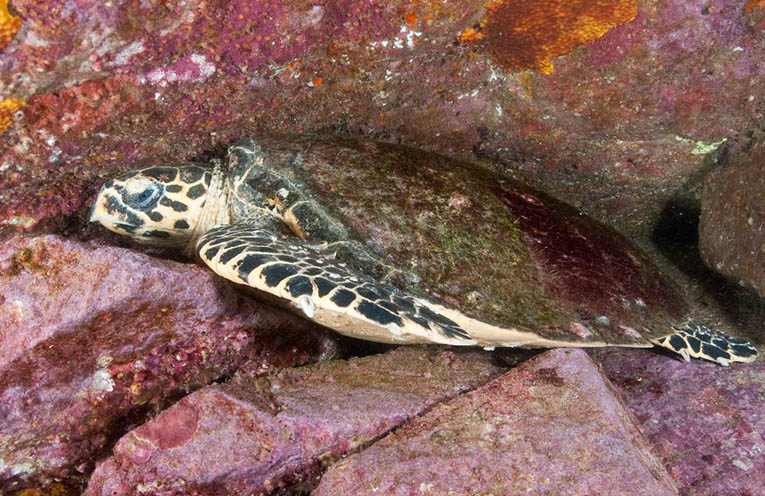WITH the Marine Park Advisory Committee soon to be announced it is time for all of us in the community to consider the best possible outcome for the Port Stephens-Great Lakes Marine Park (PS-GLMP).
The largest by area of the six Marine Parks in NSW, the PS-GLMP stretches from Forster in the north along the coastline to Birubi in the south, three nautical miles to sea and covers all the waterways, inlets and lakes in between.
Directly or indirectly the MP will impact on our lives – some more than others.
Port Stephens alone has an amazing cross section of habitat including Broughton, Cabbage Tree, Boondelbah and Fingal islands, massive headlands, all the beaches to Birubi plus the massive expanse of the port including the Myall Lakes system, the Karuah River and Tilligerry Creek.
Mangrove forests, sea grasses, mud flats, brackish lakes, rocky foreshores, deep and shallow reef systems and long expanses of sandy beaches – we have it all.
Who then are the major stakeholders?
Commercial and recreational fishers and underwater divers certainly have a major stake in the park, along with charter boat operators and the tourism industry as a whole.
Environmentalists will definitely want a say in how best to protect local habitat and natural resources, and the Worimi have a growing involvement in cultural awareness as they discover increasing evidence of their forefathers through research and archaeological digs.
Scientists will be relied upon to provide accurate, well researched findings on which changes to the Marine Park’s boundaries and zoning will be decided.
The boundary of the park will remain; it is the zoning within the boundary which will be the greatest point of interest to local and visiting alike – namely, Sanctuary Zoning.
Where commercial fishers can cast their nets and set their traps and where recreational fishers can cast their lines.
I recall a meeting I attended some time back when the top recreational fishers in the port were asked to name the biggest issue that confronted them inside the Marine Park.
Overwhelmingly the answer was “confusion!”.
The Zoning lines that were drawn up as far back as 2009 indicating where you could and could not go fishing and the methods that you could use were, in far too many cases, bewildering.
With the hindsight and experience that we have gathered over the past 20 years, the Advisory body will be expected to assist in delivering a Marine Park map that can be clearly followed.
The final and most pressing question that needs to be asked is: what do we expect to benefit by establishing the PS-GLMP? Why have a Marine Park?
The answer is simple – the future.
Marine Parks are around Australia and worldwide, their benefits are based on protecting certain habitats and resources for future generations.
It is hoped that significant numbers in this community will contribute to making the PS-GLMP an asset to be proud of.
By John ‘Stinker’ CLARKE




